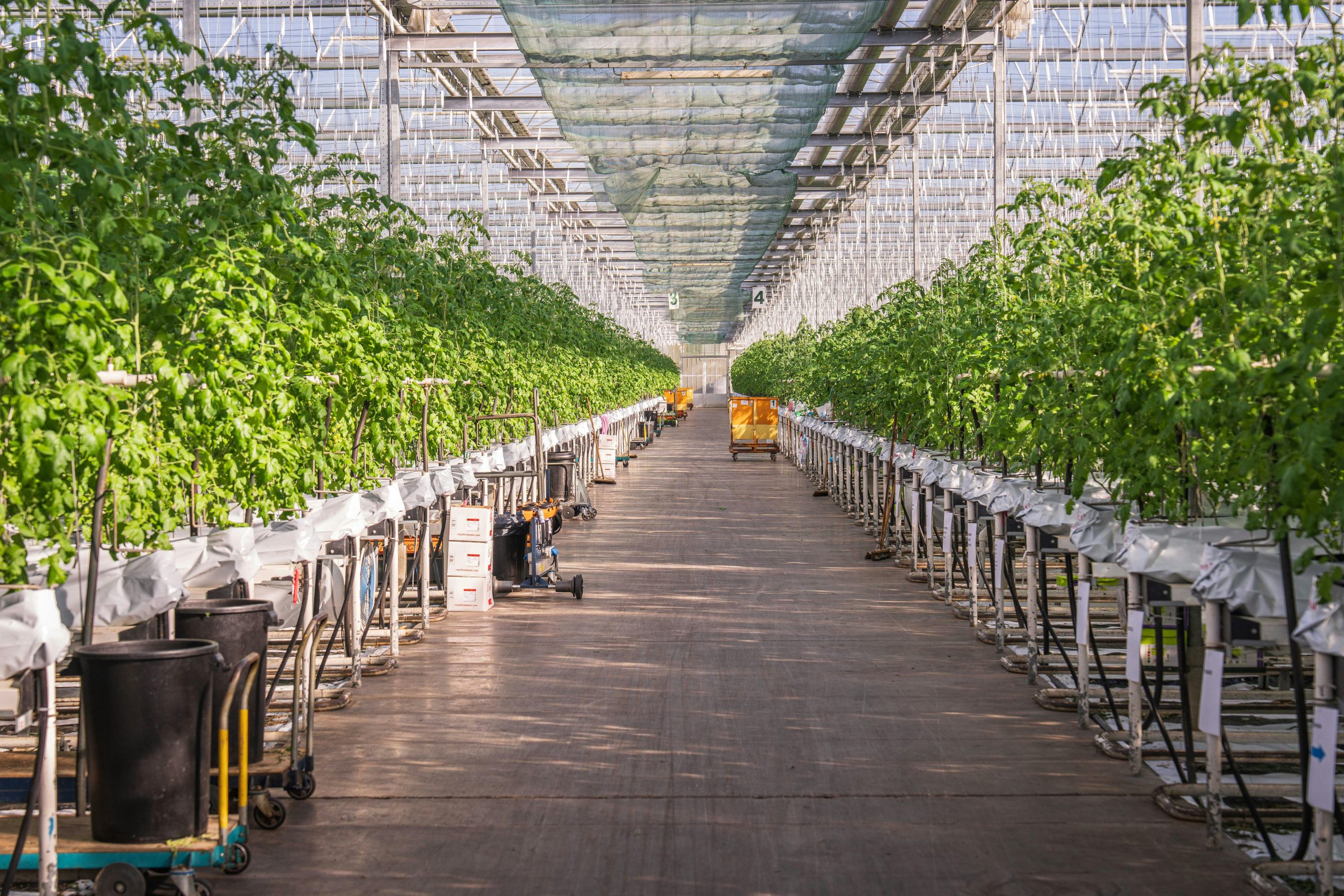The “USDA Organic” seal is one of the most trusted labels in the grocery store. Consumers rely on it as a guarantee that their food was produced without synthetic pesticides, GMOs, or antibiotics. However, a series of recent scandals and systemic problems have put this trusted certification under fire. Critics, including some organic farmers themselves, argue that the standards have been weakened and that enforcement is so lax that the label is becoming increasingly meaningless. This has led to a crisis of confidence in the very system that was designed to build consumer trust

The Problem of Fraudulent Imports
A significant portion of the organic grains and produce sold in the U.S. is imported. Investigations have repeatedly uncovered massive fraud in this supply chain. Unscrupulous suppliers in other countries will sell conventional crops as “organic” to fraudulent brokers. These brokers then create fake organic certificates and sell the conventional grain at a premium price to U.S. food companies, who may be unaware of the deception.
The Hydroponics Loophole
A major point of controversy within the organic community is the allowance of hydroponic and container-based growing methods under the USDA Organic standard. Traditional organic farming is built on the principle of nurturing a healthy, living soil. Critics argue that hydroponic systems, which grow plants in a nutrient solution without any soil, violate the foundational principles of organic agriculture and should not be allowed to use the organic seal.
Inconsistent and Weak Enforcement
The USDA outsources the actual work of organic certification to a network of third-party agencies. Critics charge that these agencies have a financial incentive to be lenient with the large corporate farms that are their biggest clients. The penalties for violating organic standards are often weak, and the inspections can be infrequent. This lack of rigorous enforcement allows some large producers to cut corners without losing their certification.
The Influence of Corporate Lobbying

As large corporations have entered the organic market, they have used their immense lobbying power to influence the National Organic Standards Board (NOSB). This is the board that advises the USDA on what is and is not allowed in organic production. Critics argue that corporate influence has led to the approval of a growing list of synthetic additives and non-organic ingredients in certified organic foods, thereby weakening the standard.
The Rise of Competing Certifications
The problems with the USDA Organic seal have led to the creation of new, alternative certifications that promise a higher and more trustworthy standard. Labels like the “Real Organic Project” and “Regenerative Organic Certified” have been developed by farmers and food advocates. They feel the USDA seal has been compromised. While these new labels offer a more rigorous standard, they also create more confusion for shoppers.
The Crisis of Confidence
The organic label is at a critical crossroads. The gap between the public’s perception of the seal and the reality of its enforcement appears to be widening. Without significant reforms to crack down on fraud and strengthen the standards, the USDA Organic seal is at risk.
Read More
Are You Buying Grocery Items That Are Meant for Export Only?
7 Major Grocers That Were Caught Mislabeling Products
The post Why So Many Organic Certifications Are Under Fire appeared first on Grocery Coupon Guide.







